Malaprabha Valley Heritage Trail: An Ancient Heritage Journey
“Go back in time to experience an ancient treasure trove”
This weekend experience near Bangalore takes us on an ancient Malaprabha valley heritage trail. Covering the ancient towns of Aihole, Mahakuta, Pattadakal, Badami and Amingad, we discover a land dotted with hundreds of age-old relics, mysterious caves, awe-inspiring temples and marvelous monuments.
From visiting a World Heritage Site to immersively experiencing the making of a local delicacy, this weekend tour is carefully curated for culture buffs, history lovers, art connoisseurs and anyone with a liking for great stories.
- Duration: 2 days (Weekend Experience)
- Region: Bagalkot, North Karnataka
- Time: All Year Round
- Type: Guided Cultural and Heritage Tour
- Accommodation: Premium Homestay
- Pickup/Drop-off: Bangalore
EXPERIENCE ITINERARY
Day 0/Friday: Depart from Bangalore (Pick Up at 9 PM): Overnight Road Journey to Badami
- Road Trip Vehicle: Innova /Tempo Traveller (Participants can arrange their own transport too)
Day 1/Saturday: Badami Arrival Early Morning:
Day 2/Sunday: Exploring the Malapraha River valley:
EXPerience Highlights
1. Cradle of India’s temple architecture
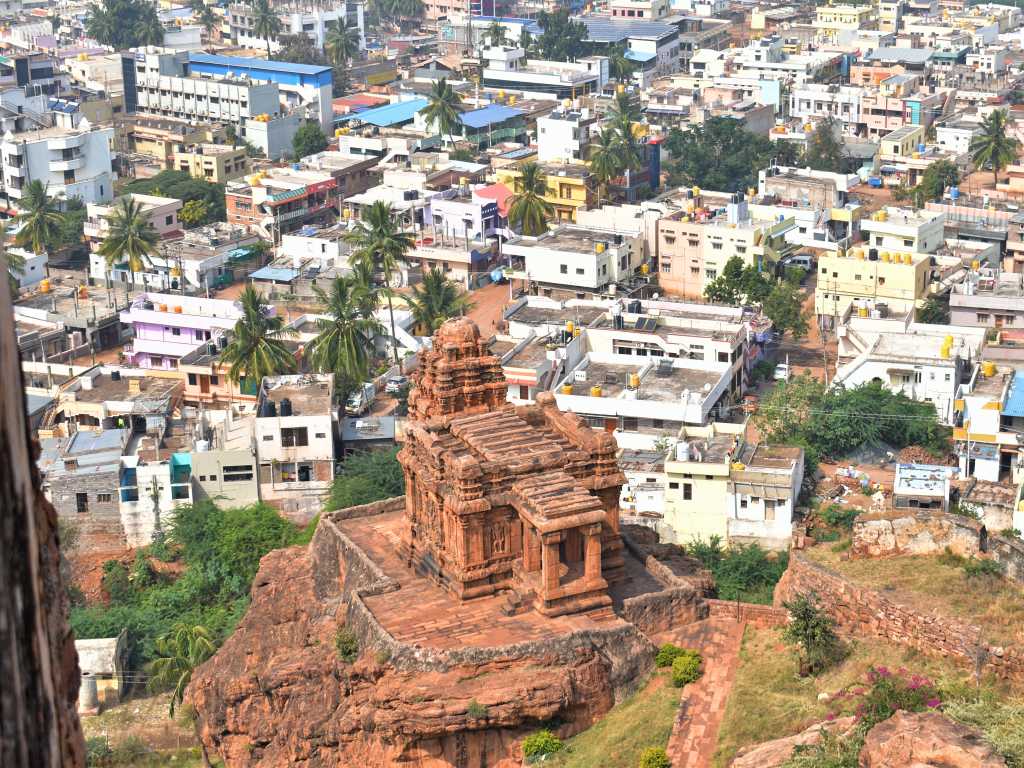
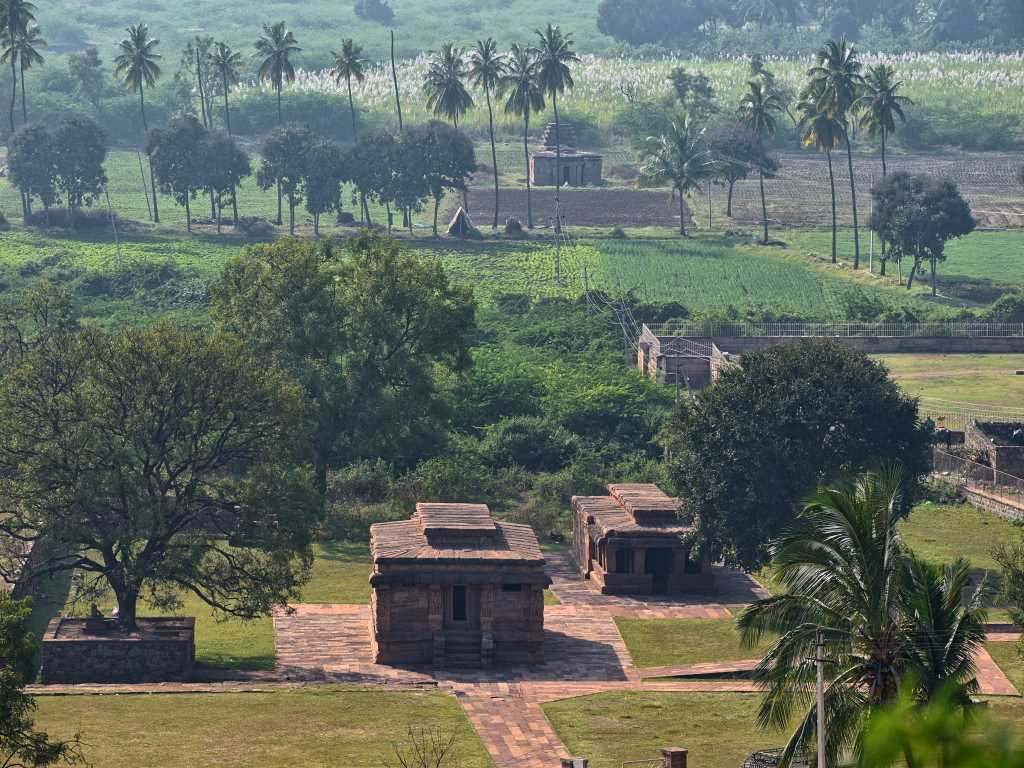


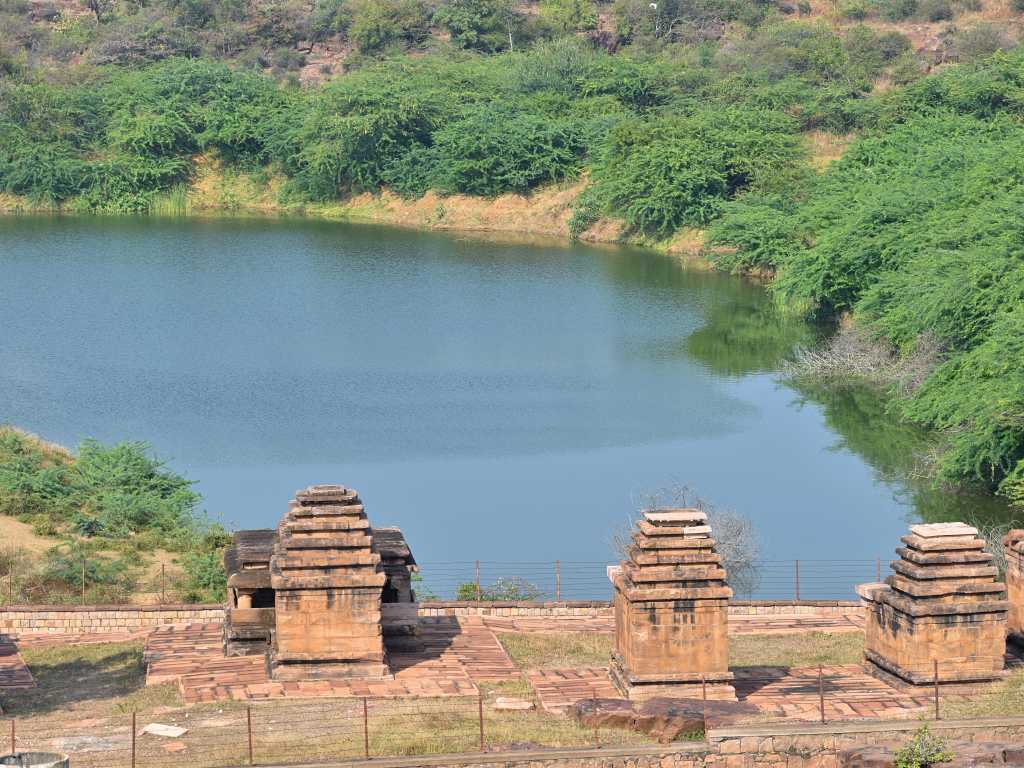

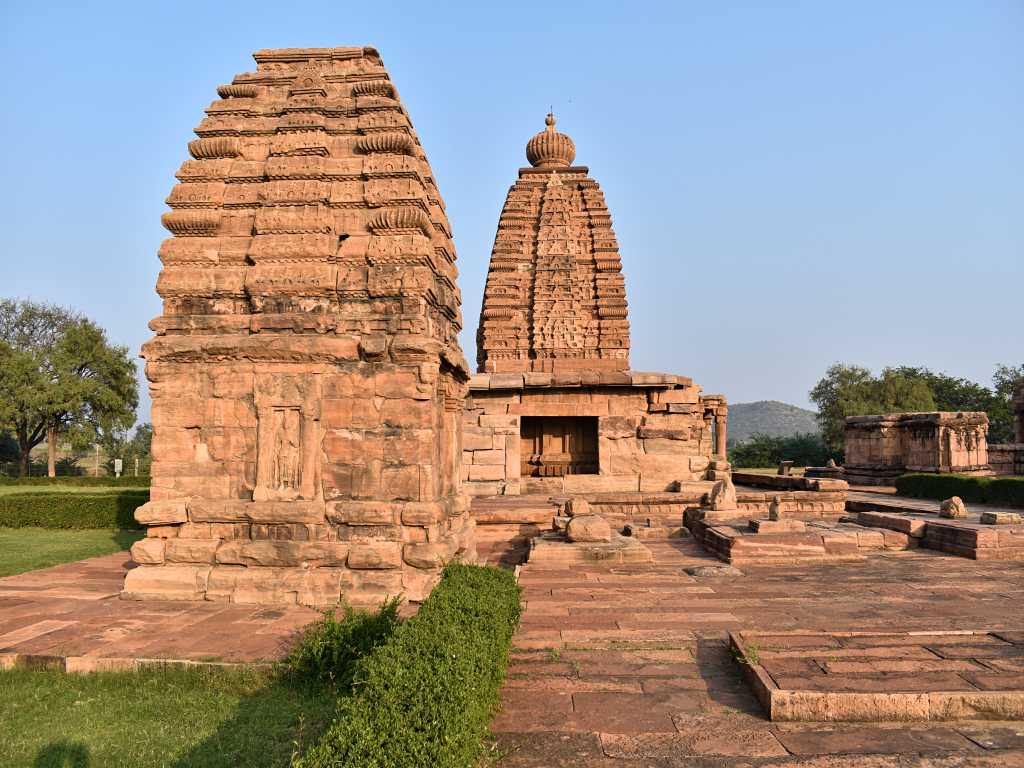
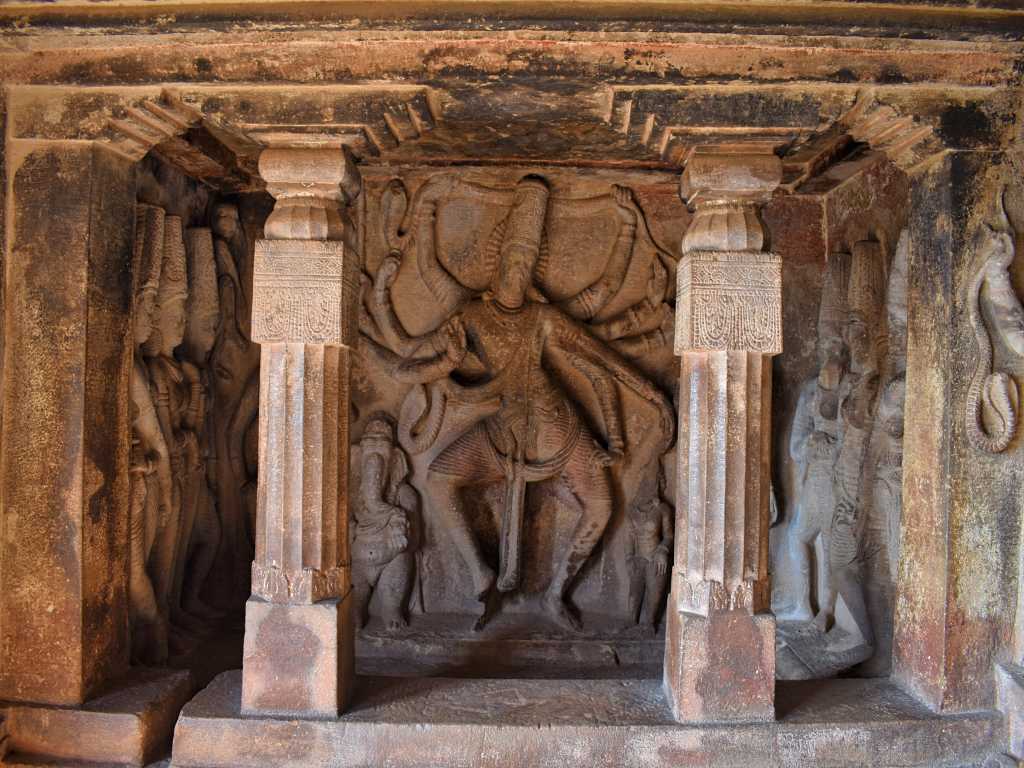

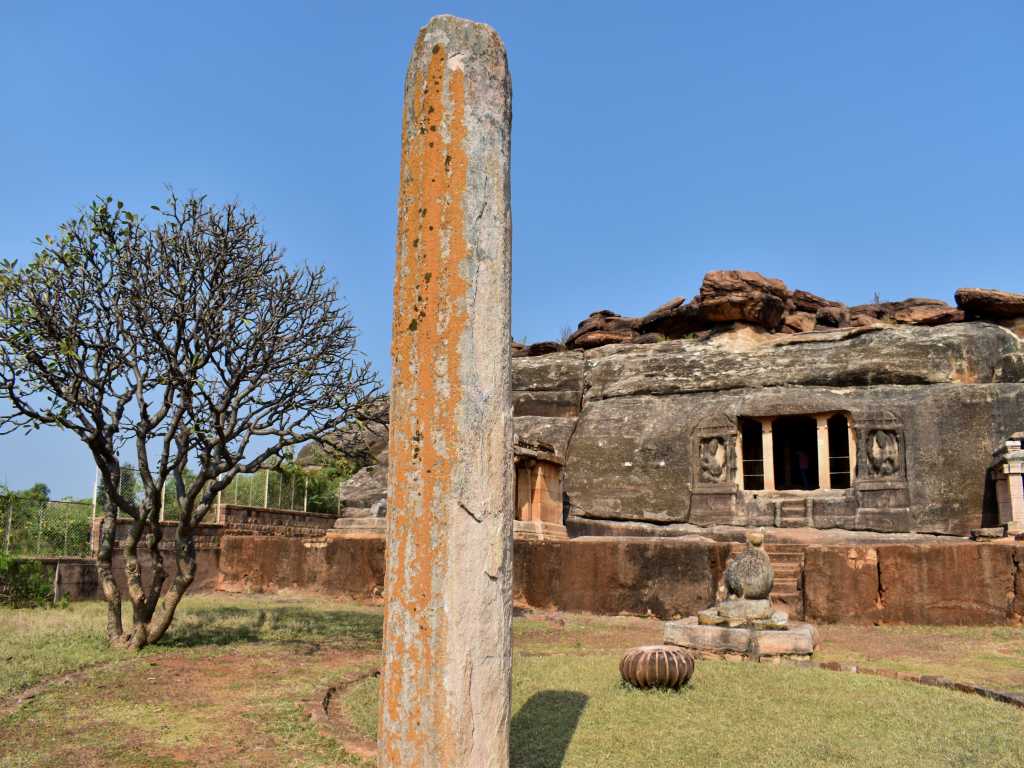
The Malaprabha river valley in Northern Karnataka is one of the most historically significant yet lesser-trodden sites in the country.
Some of India’s first experiments with temple architecture styles began at Malaprabha river valley about 1500 years ago, under the direction of Chalukyan rulers.
The place is dotted with hundreds of exquisite Hindu, Jain, and Buddhist sandstone temples, rock-cut cave shrines and other majestic monuments. This once-flourishing ancient region has been called the ‘Cradle of India’s Temple Architecture’.
Nestled around the Malaprabha river valley are the towns of Badami, Mahakuta, Pattadakal and Aihole. They were once a powerful triumvirate of ancient urban centers during the mighty Chalukya Dynasty.
The sleepy town of Aihole was the breeding ground of architectural concepts, designs and styles under the Chalukyas’s master-sculptors.
The temple styles were later refined and improved in Badami and finally reached its highest point in the small riverside village of Pattadakal.
The early Chalukyans, who ruled a large part of southern India from 6th to 8th century CE, were one of the greatest and most enduring dynasties here.
Thanks to their contribution, we can go back in time while exploring these carefully preserved and beautiful remnants of a bygone era.
2. The Karadant Experience in Amingad
Karadant or Karadantu is a traditional sweet delicacy unique to the state of Karnataka. The word “Karadantu” means fried-edible gum in the local language Kannada.
It has a chewy texture. It is called Gond in Hindi and Tragacanth gum in English. It is made of edible gum mixed with various dry fruits, jaggery and many other ingredients.
It has been repared traditionally for many years in the villages of Karnataka. It is a desi power-packed protein bar loaded with iron, fibers and other minerals.
Karadant has a lot of nutritional value. It increases the hemoglobin levels and also provides vitamin enrichment resulting in improved immunity. It is a great source of nutrition especially for teenage girls, pregnant women and new mothers.
Amingad, located 8 Kms from Aihole, was one of the places in the state where it was first prepared. On this curated tour, we visit Amingad to see the process of making Karadant.
It is an immersive local experience where we not only see the making process first-hand but also get to sample this delicious dessert right from where it all started.


3. Badami: A Story in Stone
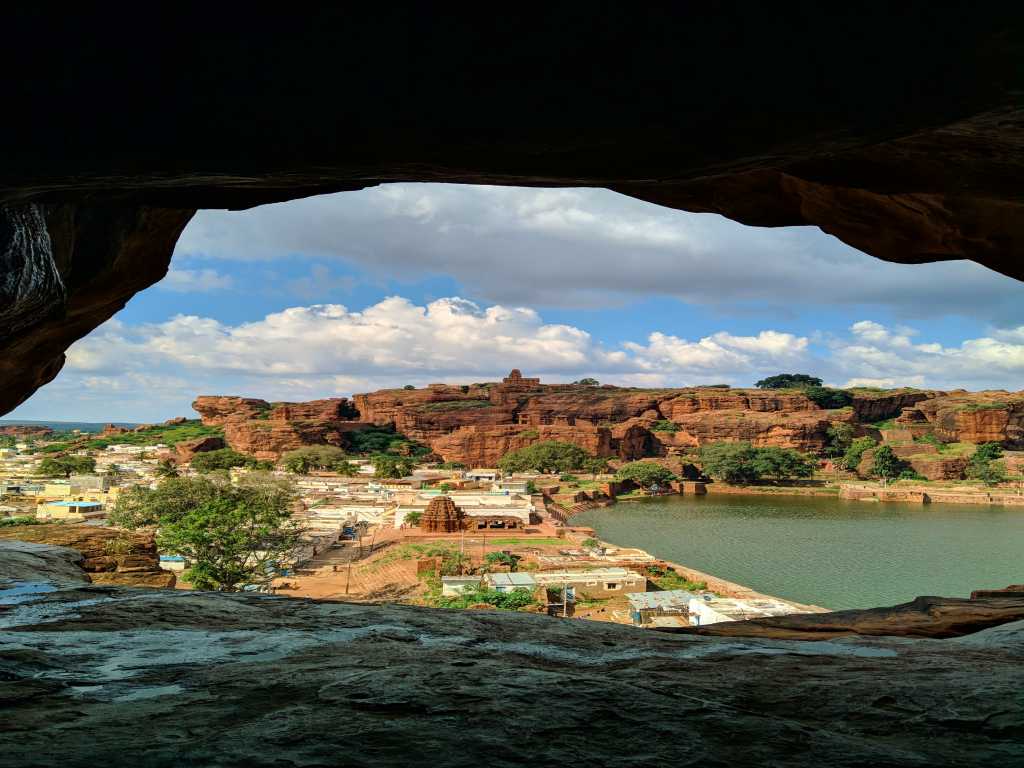
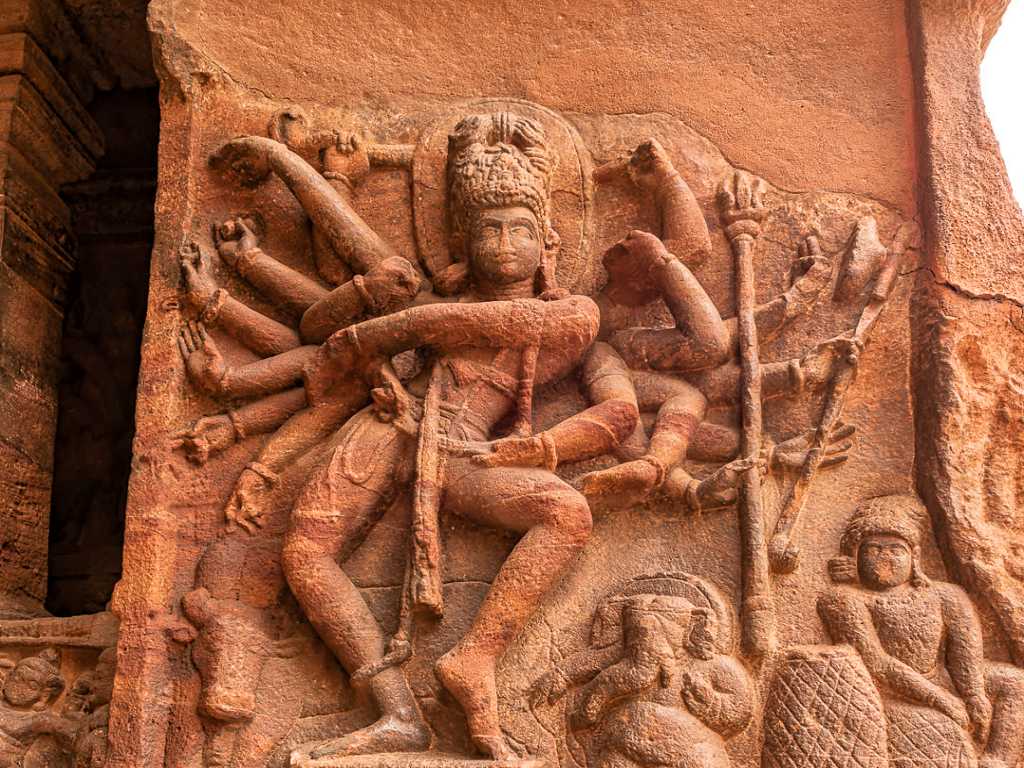

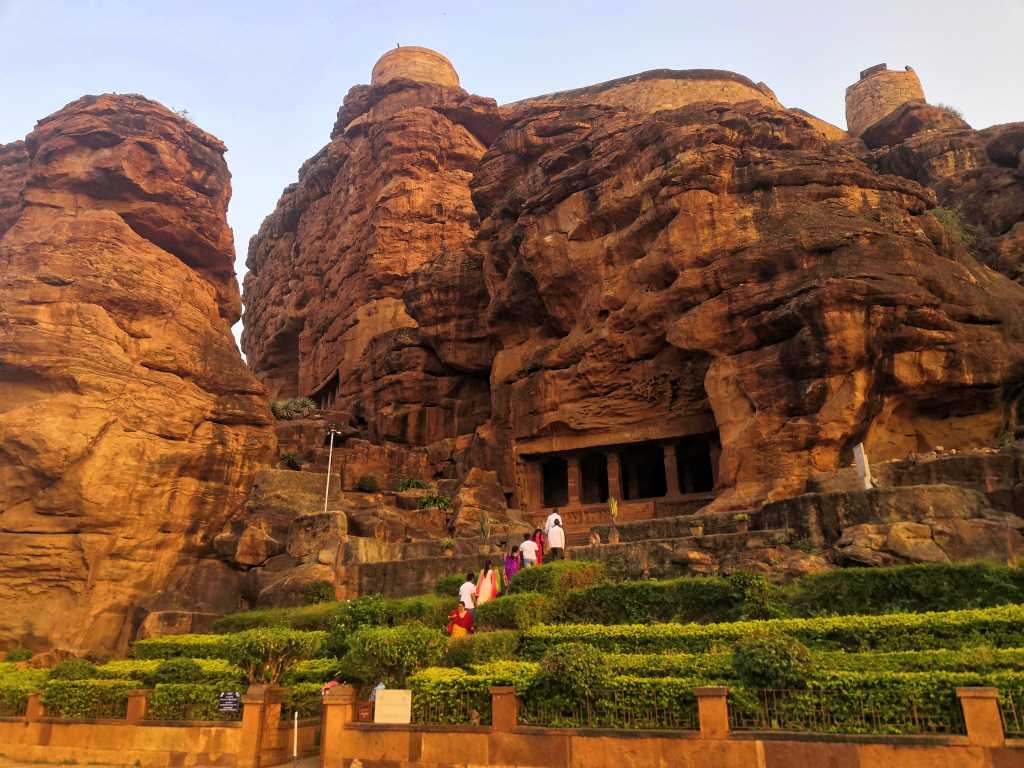
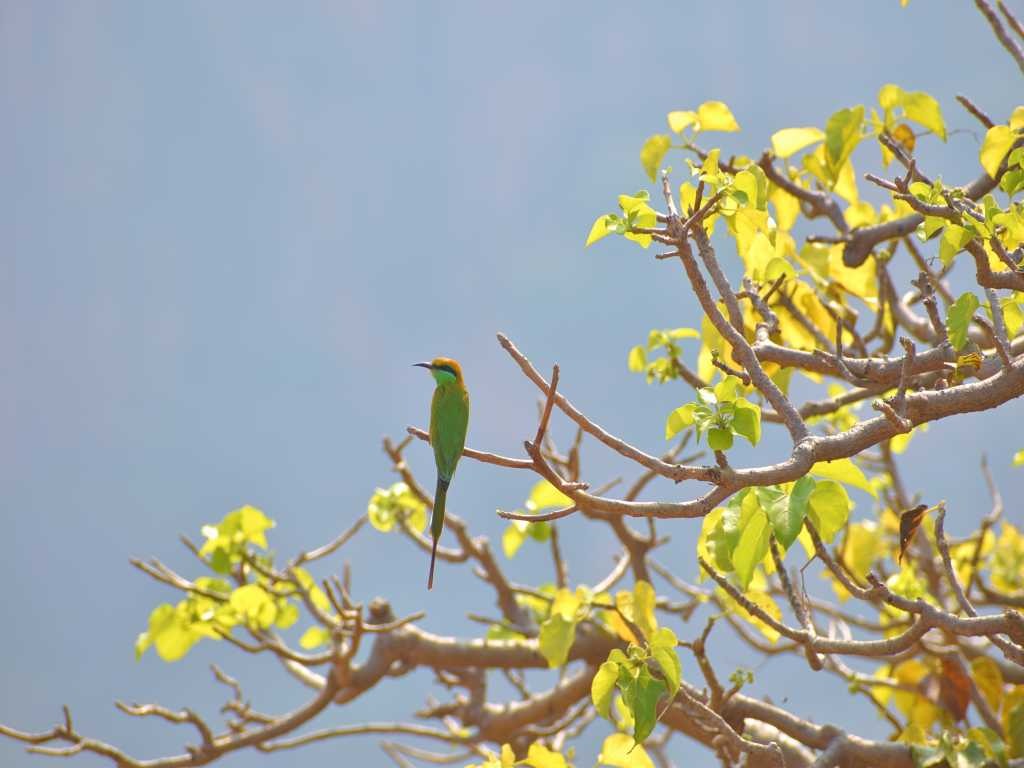
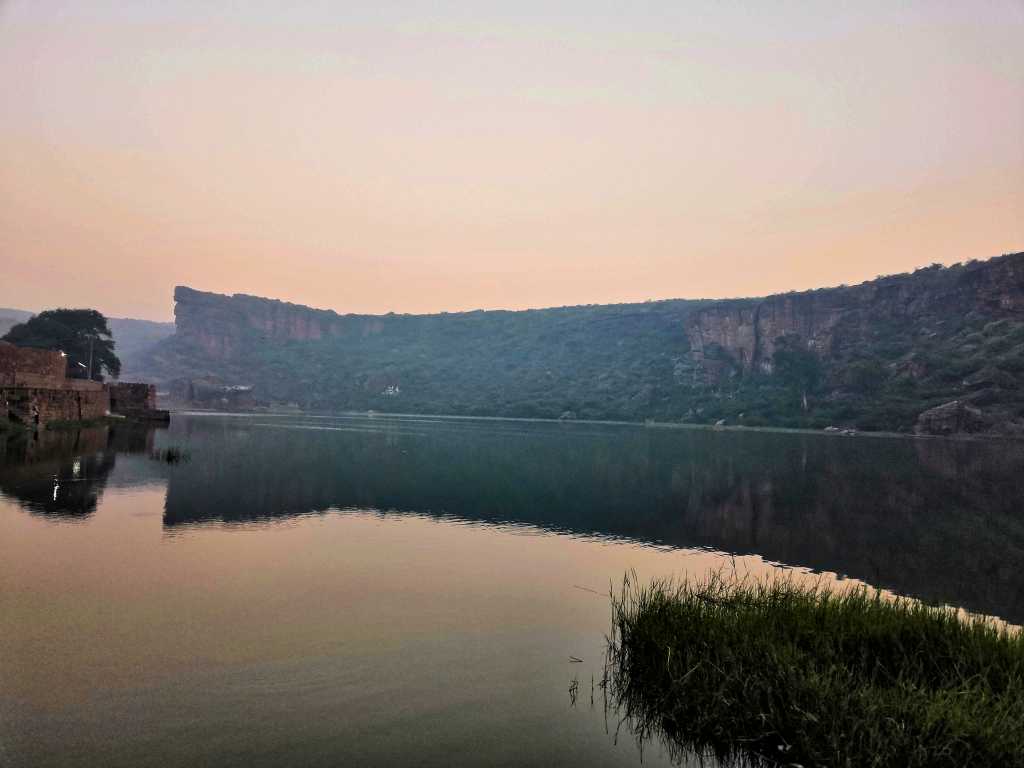
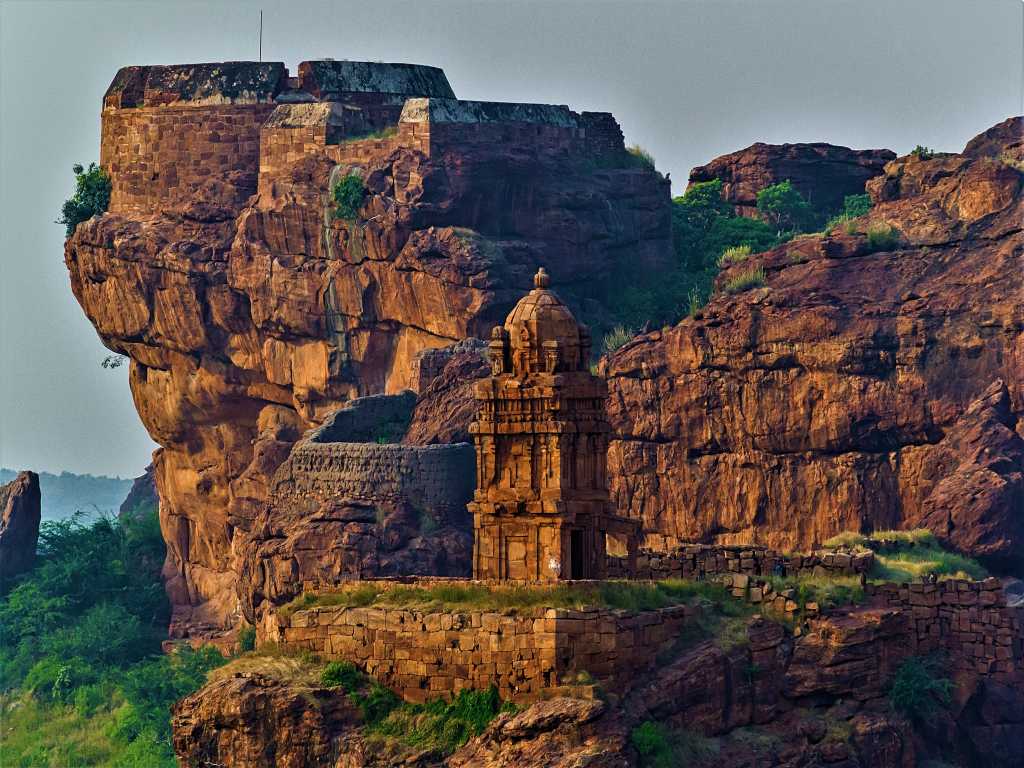
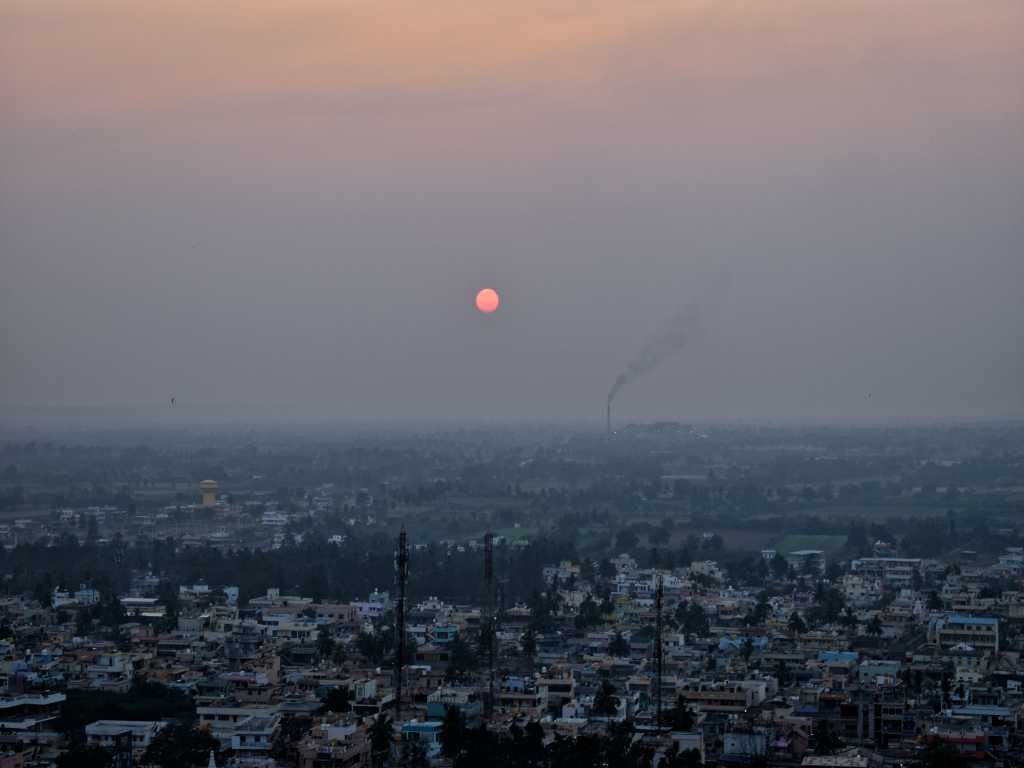
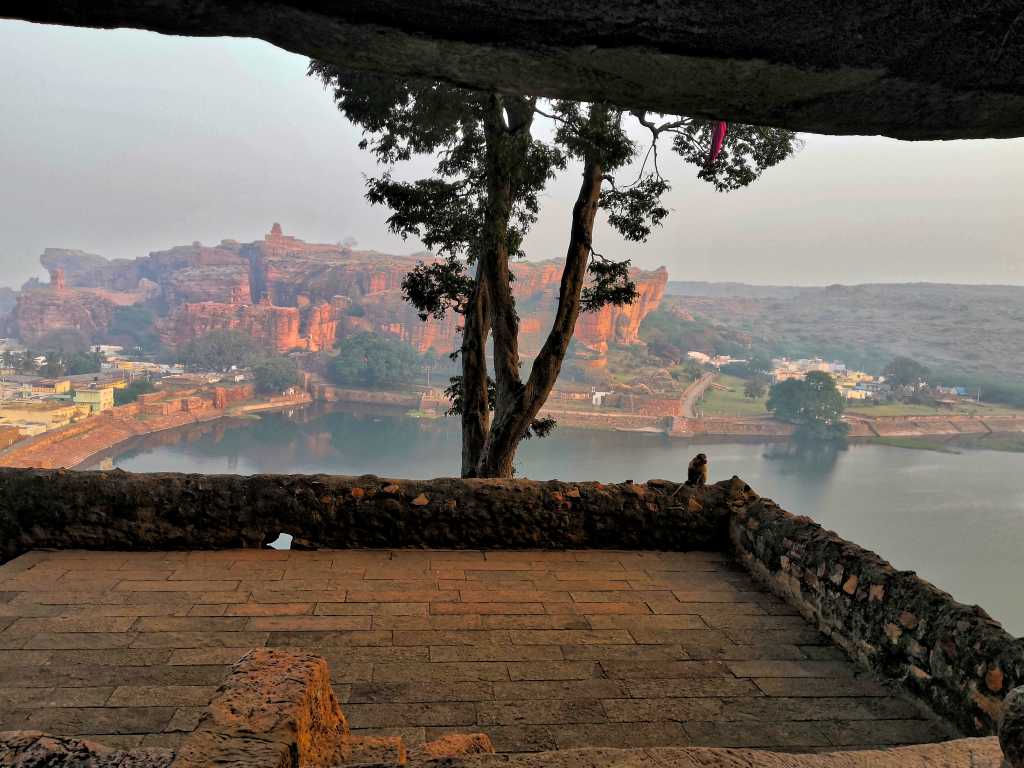


Badami is an elegant reminder of India’s rich history of combining art with religion and spirituality. The cave temples of Badami (formerly Vatapi) are excellent examples of ancient rock-cut architecture.
The remarkable shrines of Badami Caves are incredibly carved out of solid rock from giant sandstone hills.
Dating back as far as 6th century CE, these timeless monuments from the Chalukyan era represent some of the earliest known examples of Hindu and Jain temples.
There are four main caves and most of these feature symbols of Hindu divinity. The first cave is dedicated to Shiva and includes a brilliant sculpture of the lord in the Tandava Position. The second and third caves are dedicated to Vishnu showcasing his various avatars.
There are different mythological stories and legends around him. The fourth cave is unique amid the other Badami caves, for it features symbols of Jainism rather than Hinduism. Some of the Jain Tirthankaras have been carved out here in different meditative postures.
Below the cave temples lie the beautiful lake of Agastya. It is named after one of the great Saptarishis. The Agastya Teertha is a massive body of water said to be human-carved in the 5th century under the direction of Chalukya rulers.
On the lake’s eastern banks, the intricately chiseled Bhoothanatha temple offers a surreal look with the backdrop of imposing red cliffs. The view of sunsets from this area is a genuine treat to the eyes.
Close to the temple area stands another significant highlight. There is a 1300 year old inscription about Kappe Arabhatta who was a great Chalukya warrior.
The Kannada verse inscription is carved on a cliff overlooking the northeast end of the lake. It can be reached with a short and scenic hike.
All these remnants of a bygone era stand frozen in time, telling a fascinating story and offering a wonderful glimpse into the distant past
4. Pattadakal: A UNESCO World Heritage Site
Pattadakal is located on the western bank of the Malaprabha river. The sleepy little village is a treasure house of Early Chalukyan art and architecture.
The massive temple cluster of the town bears testimony to the richness and timeless splendor of the Chalukyan architecture. So much so that the Pattadakal group of monuments was designated as a World Heritage Site by UNESCO.
This place is one of the most important highlights of our weekend trip near Bangalore. Pattadakal’s intricately chiseled monuments represent the highest point of an eclectic art.
It is here that the master-craftsmen of the ancient era achieved a harmonious blend of architectural forms and styles from both northern(Nagara) and southern(Dravidian) India.
The striking architectural features and detailed sculptures are fascinating to see. There are many interesting inscriptions and intricate carvings on these temples. These exquisite details throw light on the attire, ornaments, and the social, political life of that ancient period.
Interestingly, the place has also been mentioned by the great Greek geographer, Ptolemy. He called it ‘Perti-gal’ in his ‘Geographia’ in 150 CE. This indicates Pattadakal may have had trade relations with the Roman world.

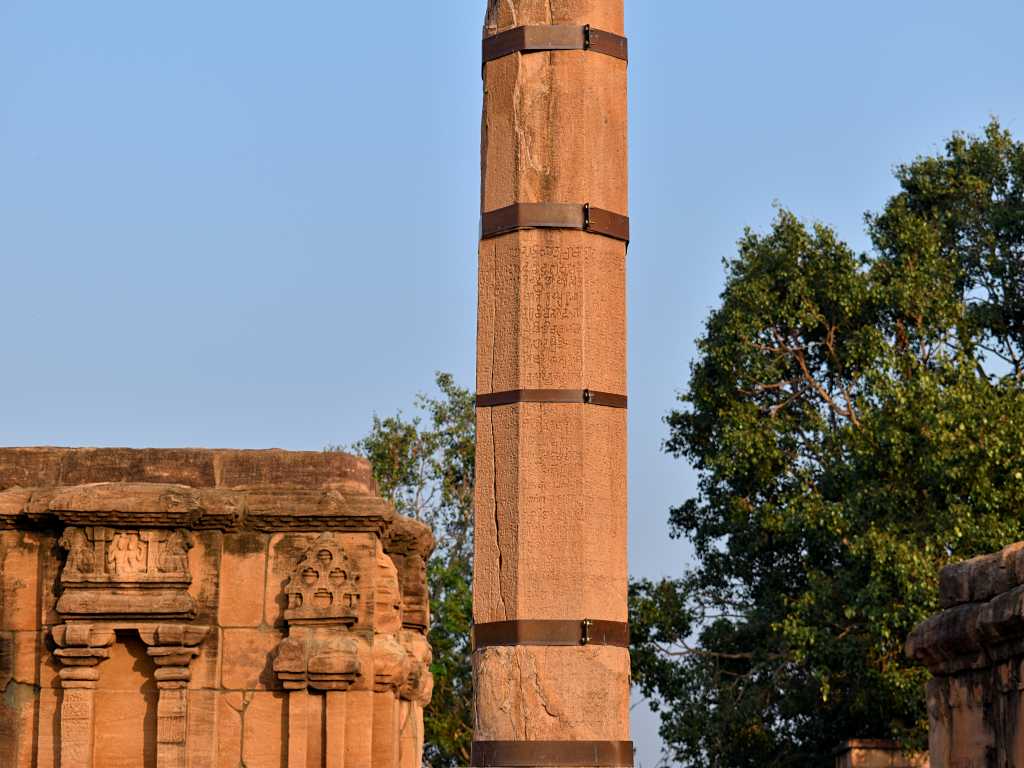
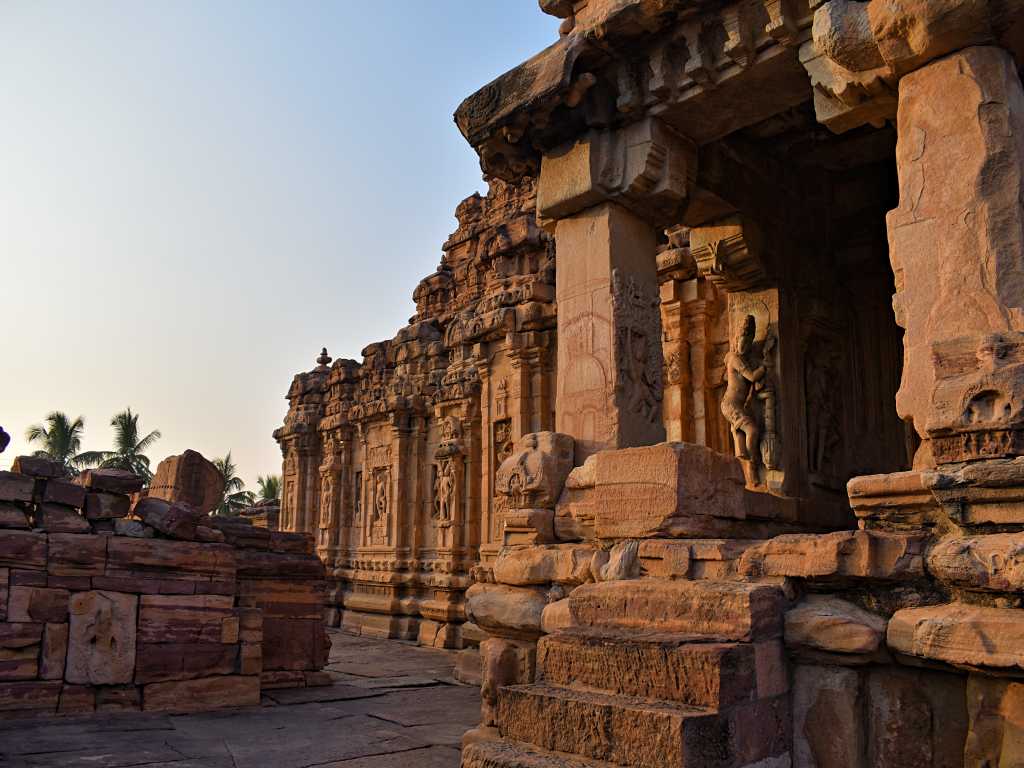
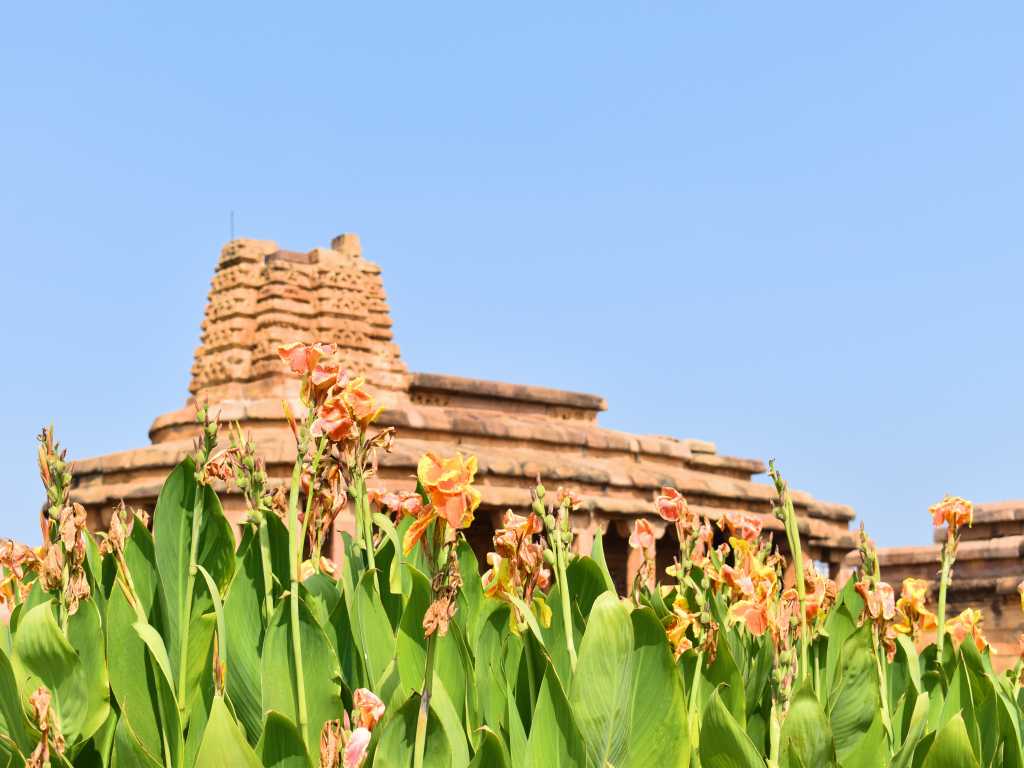
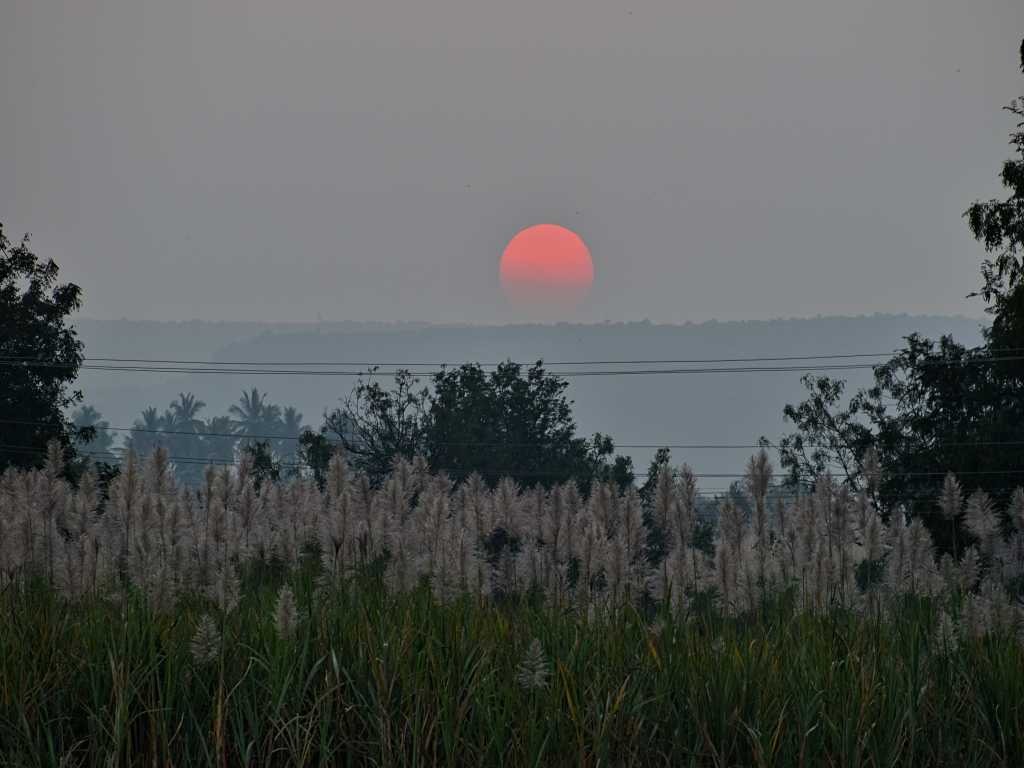
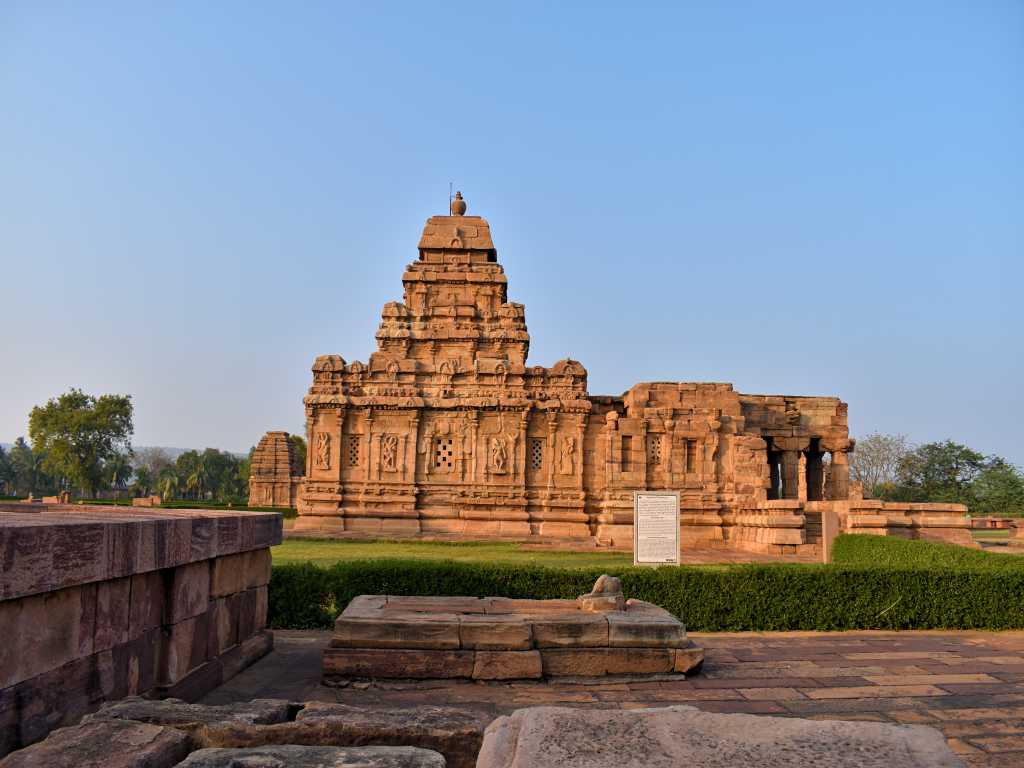
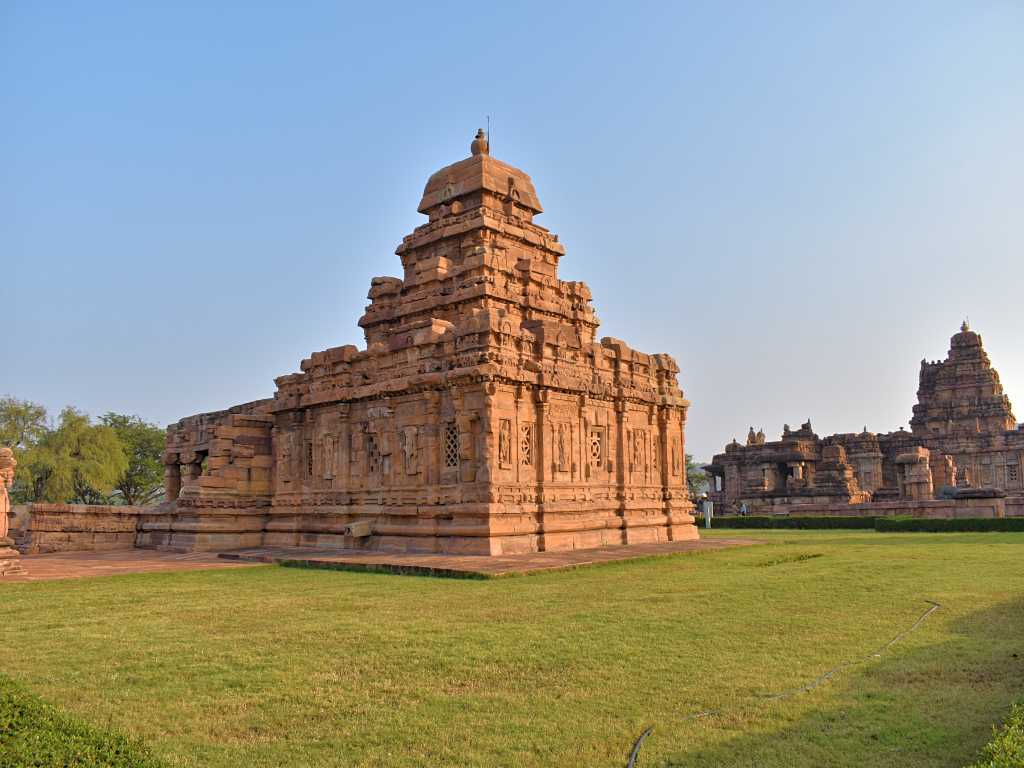
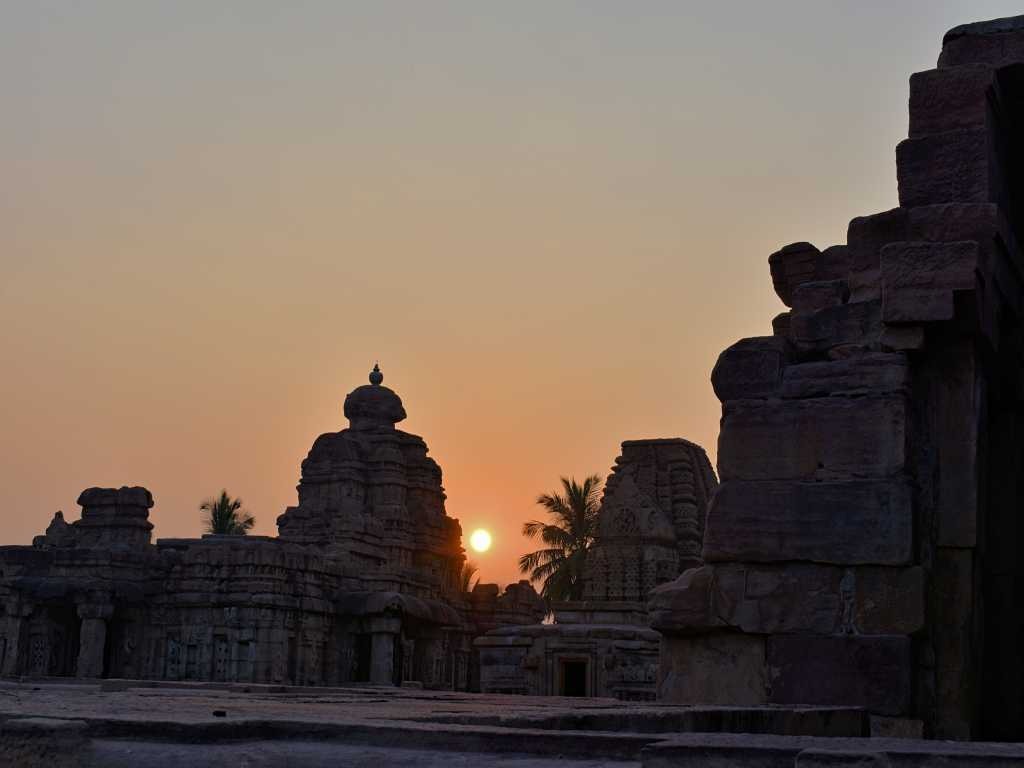
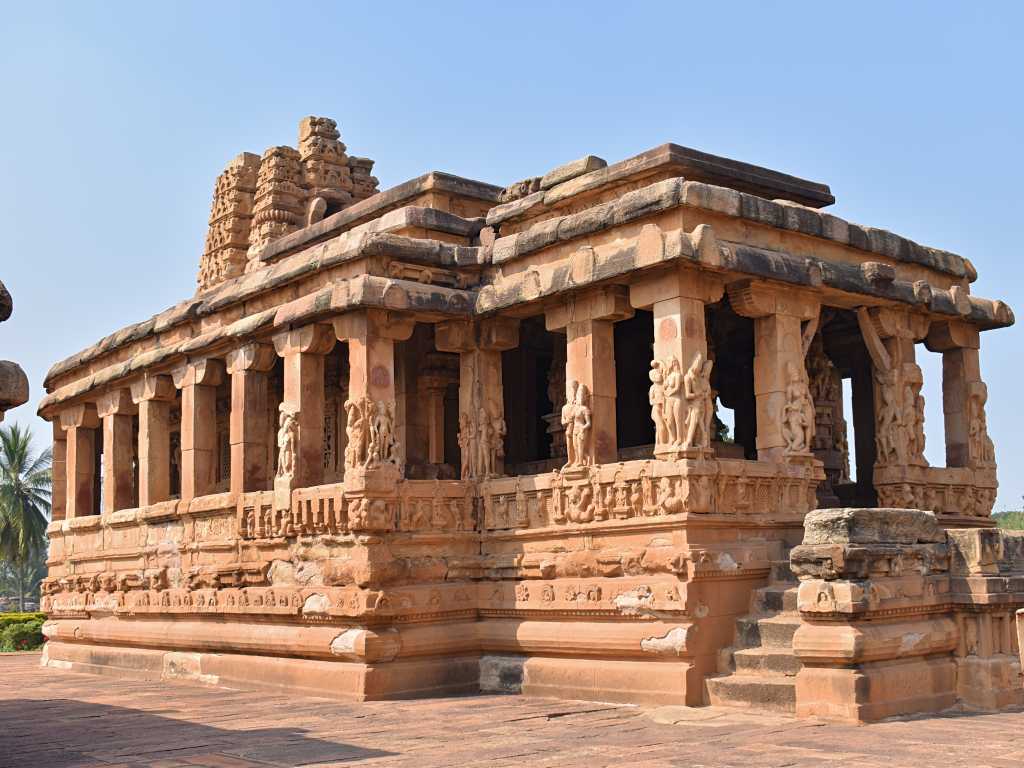
TRAVEL REVIEWS AND TESTIMONIALS


















A personalized itinerary can be crafted based on your group’s interests, expectations, and preferred dates and time duration. For tailoring a suitable Malaprabha river valley or Badami tour plan just for you, please Call/Whatsapp on +91 8951064013 or mail us at contact@ekaxp.in

